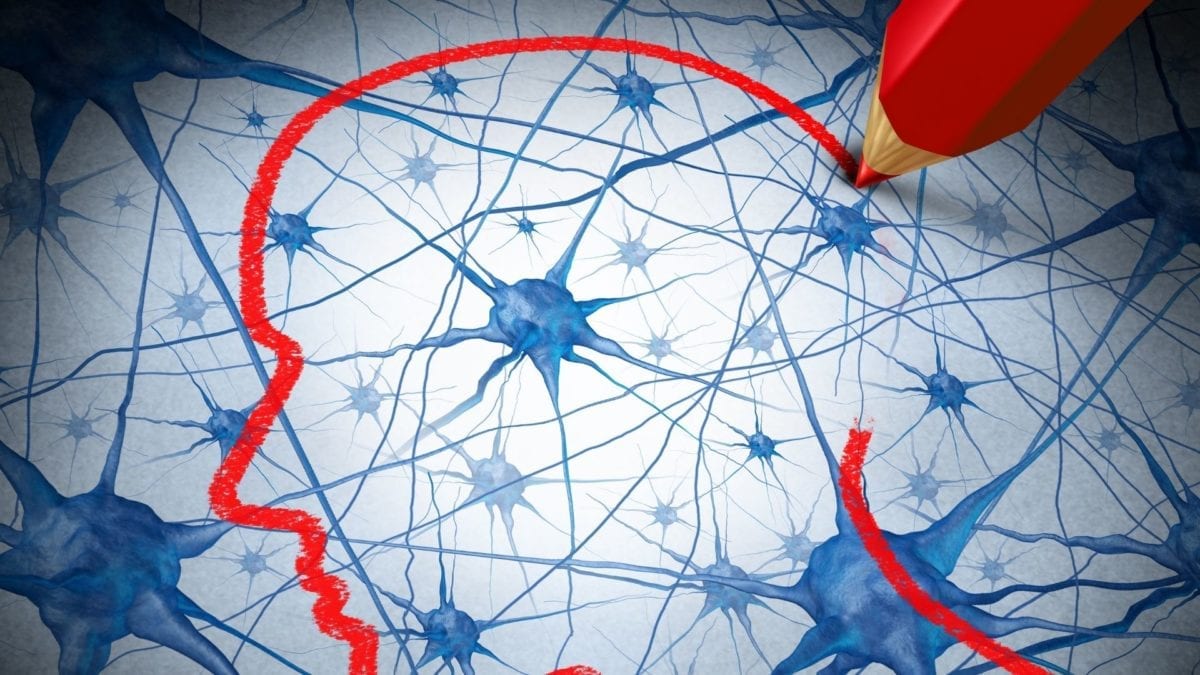Professor Michael Trimble the renowned British Neuropsychiatrist begins this, his second popular science work, by stating affirmatively that emotional crying is unique to the human species. He goes on to dismiss as myths reports about apes, elephants and dolphins being capable of crying for emotional reasons. Not only is emotional crying unique to us, says the good professor, we have through our tradition of “tragedies” converted it over centuries, into an fine art form.
Music, gave rise to the birth of tragedy, which according to Nietzsche contains a fusion of Apollonian beauty with Dionysian creative energy and art.
Many other philosophers have taken up this two god theme- Mann, Hesse & Ibsen to name a few. “Apollo is the cold hard separatism of Western personality and categorical thought. Dionysius, is energy, ecstasy, hysteria, promiscuity, emotionalism, heedless indiscriminateness of idea or practice….Complete harmony is impossible, our brains are split and the brain is split from body. The quarrel between Apollo and Dionysius is the quarrel between the cortex and the older reptilian limbic brain”.
And thus does Trimble set the stage for his dissertation. From why and how we humans cry, through the neuroanatomy of the limbic system and it’s association areas, its neurobiological links with the lacrimal gland which causes us to tear (both in joy and sorrow); through the power of aesthetics- art, poetry, literature, painting, archeology, but most of all and most significantly so, according to the author, music!
What follows is a smorgasbord of philosophical, neurobiological, cultural and literary information; pearls of wisdom in every page. The “cutaneous shiver” of William James, and Shelley’s verse on the power of music, all find a place in the author’s evocative descriptions.
“I pant for the music which is divine
My heart in its thirst is a dying flower;
Pour forth the sound like enchanted wine,
Loosen the notes in a silver shower;
Like a herb less plain for the gentle rain,
I gasp, I faint, till they wake again.”
Using the theory of mind as the centrepiece of his dissertation, the author delves into the role of altruism and empathy in the development of the human social brain, which a number of studies of emotional-facial recognition using MRI scans have pointed to. “The evolution of cognitive empathy with corresponding increase in the size of the human pre-frontal cortex, provides experimental and neuroanatomical evidence explaining, from a neurobiological perspective, the human ability to feel the sadness of others, and cry emotional tears”. From an anthropological perspective, he also links empathy and tears to an awareness of the self: which according to Clive Finlayson “produced an animal capable of locating itself in space and time, an animal that became aware of the consequences of its own behaviour and mortality”.
The importance of language and linguistic processing is well brought out in the book. “Linguistic representations can influence how emotional states are represented and thus experienced”. Trimble points to the right hemisphere of the brain, quoting Norman Cook “At every level of linguistic processing that has been investigated experimentally, the right hemisphere has been found to make characteristic contributions, from the processing of affective effects of intonation, through the appreciation of word connotations, the decoding of metaphors and figures of speech, to the understanding of the overall coherency of verbal humour, paragraphs and short stories”. Trimble also points to the amygdala as a central organ that modulates human emotion, alluding to the elegant work of Zeki and colleagues who have used functional imaging to extensively study emotion.
Of music, Trimble points to, apart from linguistic impact, the triadic quality of the tonal Western harmonic system, whereby the tonic pitch on which harmonies are built, by means of progression from chord to chord, using such musical techniques of composition such as repetition, modulation and transformation, move away from these centres only to return with harmonic resolution. Through this “acousamatic” quality, calm and tension are developed, discord requiring a return to concord, provoking restlessness, suspensions and anticipation all requiring resolution. At these moments of “chills” or “shivers down the spine”, scientists have described changes in brain imaging (MRI and PET) involving the amygdala, insula, cingulate, per-frontal cortex and limbic association areas. Further, music has been demonstrated to elicit autobiographical memories, thus underlining its power to influence human emotion.
The author concludes that “Tears are an accompaniment of tragedy as an art form, and they reflect the tears of everyday human tragedy, which is linked to loss and mourning. These feelings have arisen in the course of our long evolutionary history, notably with the rise of self-consciousness, the development of small communities, the growing potential of love and hence an even greater sense of loss”. As Semir Zeki, Professor of Neuroesthetics, University College of London has elegantly put: “This book is not a page turner. It is much better than that, one that is full of insights and of material for reflection on almost every page”.











